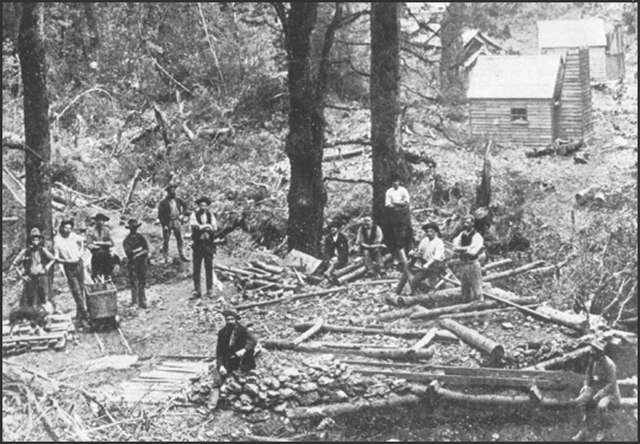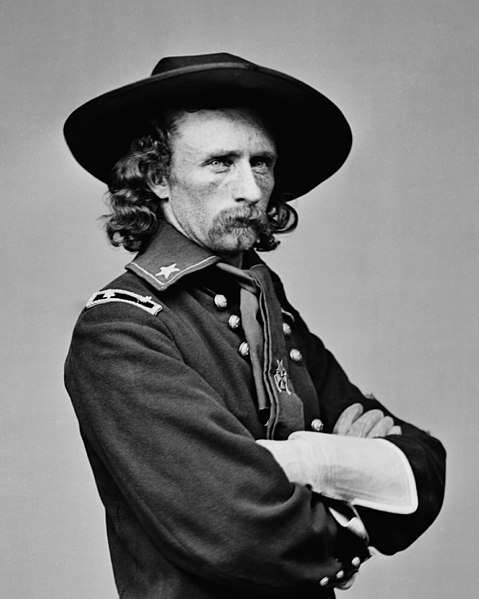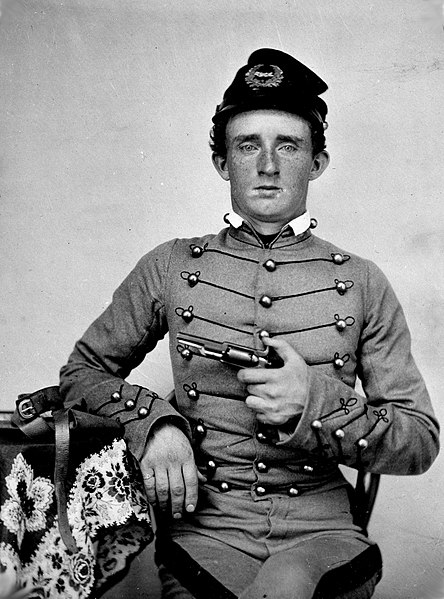The Black Hills Expedition was a United States Army expedition in 1874 led by Lieutenant Colonel George Armstrong Custer that set out on July 2, 1874, from Fort Abraham Lincoln, Dakota Territory, which is south of modern day Mandan, North Dakota, with orders to travel to the previously uncharted Black Hills of South Dakota. Its mission was to look for suitable locations for a fort, find a route to the southwest, and to investigate the possibility of gold mining. Custer and his unit, the 7th Cavalry, arrived in the Black Hills on July 22, 1874, with orders to return by August 30. The expedition set up a camp at the site of the future town of Custer; while Custer and the military units searched for a suitable location for a fort, civilians searched for gold, and it is disputed whether or not any substantial amount was found. Nonetheless, this prompted a mass gold rush which in turn antagonised the Sioux Indians who had been promised protection of their sacred land through Treaties made by the US government, and who were later to kill Custer at the Battle of the Little Big Horn in the Great Sioux War of 1876–1877 between themselves and the United States.

Custer's wagon train passing through Castle Creek valley, by William H. Illingworth
The bear Custer shot and later said to be his greatest hunting achievement
Gold miners in the Black Hills. The gold rushes that resulted from Custer's discoveries antagonised the Sioux Indians and provoked the war in which Custer was to lose his life.
Lieutenant Colonel George A. Custer, 7th U.S. Cavalry, March 1876 by Jose Mora
George Armstrong Custer was a United States Army officer and cavalry commander in the American Civil War and the American Indian Wars.
Portrait by Mathew Brady, c. 1865
USMA Cadet George Armstrong "Autie" Custer, ca. 1859 with a Colt Model 1855 Sidehammer Pocket Revolver.
Custer with former classmate, friend, and captured Confederate soldier, Lieutenant James Barroll Washington, an aide to General Johnston, at Fair Oaks, Virginia, 1862
Custer (extreme right) with President Lincoln, General McClellan and other officers at the Battle of Antietam, 1862








